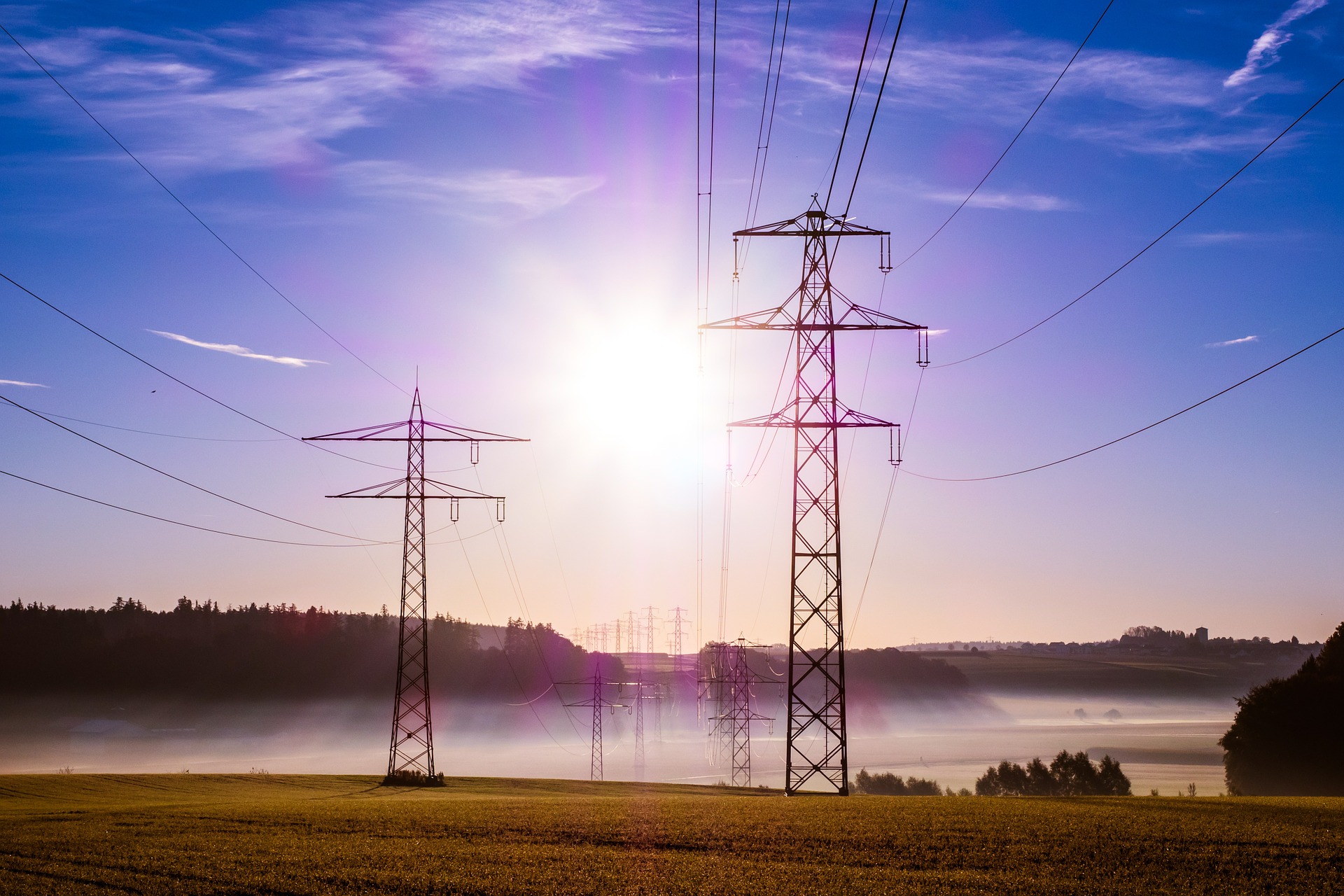What is a regime?
This is the third post of our transitions basic series, if you want to check out what this series is all about click here.
Thus far in the transition basics series, we have talked about transitions as a process through which one way of doing things is replaced by another and that in order to fight climate change we must go through a transition to a more sustainable society. Today we are going to give “the way we do things” a name: the regime.
The regime comes up a lot in academic work about transitions and sustainability transitions in particular. As since, using our definition above, a transition occurs when a new regime replaces an old regime; it’s an important concept if you want to look at how academia understands and talks about sustainability transitions. The concept of regime is used in many theories and frameworks on transitions such as the multi-level perspective, strategic niche management, and transition management. It is the middle level in a hierarchy, situated between the niche and the landscape (Rip and Kemp 1998), which will be the topic of upcoming blog posts in the transition basics series.
So what is it?
The regime is "a coherent configuration of technological, institutional, economic, social, cognitive and physical elements and actors with individual goals beliefs or values" (Holtz, Brugnach and Pahl-Wostl 2008, p. 629) or more simply it is a number of features all organized around a particular set of ideas or beliefs. To show how this works, I will use the example of coal energy to show own different features come together to make and reinforce the regime:
Technology- we have the technology for the burning of coal whereas other technologies might be as developed.
Economics- coal and supporting industries such as coal mining are a large part of the economy in many areas, such as famously places such as West Virginia.
Social- we have whole communities that are built around coal mining and the concept of the hardworking coal miner is powerful enough in politics that we have seen government policies with the explicit goal of promoting coal jobs (although whether actually they help the coal miners or the owners of the mines are a different issue).
Cognitive- for many people, if they were asked to picture energy production would think of a coal energy plant with smoke billowing out.
Physical- we already have the built our energy infrastructure to deal with coal energy including energy plants and connections to our energy infrastructure
Actors- there are many actors which support the continuation of coal as an energy source. From the coal mines to energy companies to companies that sell mines specialized equipment.
Now the regime is the most powerful set of ideas and beliefs around which these features organize (Avelino and Rotmans 2009). This again can be seen in the example of coal which is so embedded in our “way of doing things” that it impossible to switch to not using coal for energy overnight. Instead it has taken a lot of advocacy, work and planning and even then only very few have countries and regions have managed- and mostly those who had already had low shares of coal within their energy mix.
What does the regime do?
Previously we went over the various ways that transitions can occur, one of which is that regimes can slowly change on their own (Berkhout 2002). However, often regimes need outside intervention from at least the landscape for a transition to occur (Geels, 2014). If there is no outside intervention and the regime is seen as solving problems, it is hard for a transition to take place (Geels and Schot 2007).
For example, using the example above, a disaster (from the landscape) can knock down power lines leading to those impacted to self-organize and form a community-based initiative (cite) which focuses on putting solar panels on top of every home so that they are not as reliant upon the energy gird. Without the disaster, the community-based initiative might never have started. Also if the current regime is able to restore energy immediately following the disaster, fewer people will be interested in putting the solar panels on their roofs.
Regimes actively resist change (Geels, 2014). There are a variety of ways the regimes can do that: such as through resource dependence or alternatively through setting up laws that advantage the current regime. For example, the current bidding process favors large energy companies owning the local energy grids rather than citizen-run cooperatives (Becker, 2018). This is what can make it difficult for a transition, particularly a community-based initiative lead transition, difficult. With the regime resisting it, it can be difficult for smaller new ideas to flourish.
I hope you have enjoyed this post in the transitions basics series. The next post will cover “What is a niche?” so check back soon.
Interested in leaning more? Check out:
Becker, Stefanie. “Using media bias to examine energy transitions: an analysis of the institutional logics of energy grid ownership over time” (2018) [working paper].
Berkhout, Frans. "Technological regimes, path dependency and the environment." Global environmental change 12.1 (2002): 1-4.
Rip, Arie, and René Kemp. "Technological change." Human choice and climate change 2.2 (1998): 327-399.
